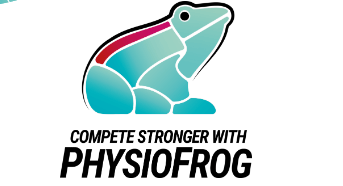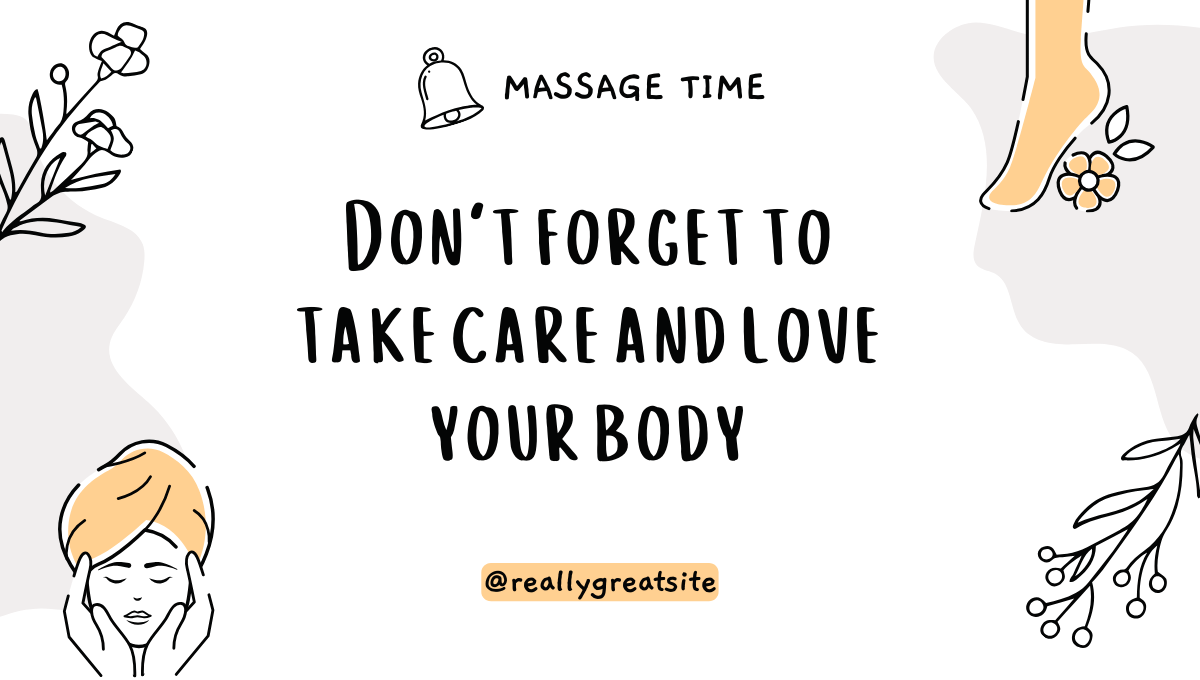Introduction
Coordinating lower body movement, your hips and their mobility play a pivotal role in overall body flexibility and function. Whether you’re in corporate filling in spreadsheets for 12 hours daily or preparing for a marathon, these hip mobility exercises will significantly impact your lower body mobility, and consequently increase your performance output and reduce injury risks.
Understanding the Importance of Hip Mobility
The hips are central to various movements – influencing stability, strength, and range of motion across the body. Optimal hip mobility is essential for activities like walking, running, bending, and even sitting comfortably. Unfortunately, sedentary lifestyles and prolonged sitting can lead to tightness and reduced mobility in this area, causing discomfort and limited movement. If exposed to high ranges of motion, such as those experienced in sport, without proper mobility work, you’re at a very high risk of injury via overstretching.
Key Hip Exercises for Mobility Enhancement
Here are some exercises you should incorporate into your fitness regime for high hip mobility.
1. Kneeling Lunge Stretch
– Start with a kneeling lunge, positioning one foot forward.
– Lean gently forward to feel the stretch in the front of your hip.
– Hold this position for about 30 seconds, then switch sides.
This stretch engages and elongates the hip flexors, promoting flexibility.
2. Glute Bridges
– Lie on your back, knees bent, and feet flat on the floor.
– Lift your hips off the ground, focusing on engaging your glutes and core.
– Hold the position for a moment before lowering your hips back down.
– Repeat this movement for several repetitions.
This exercise not only enhances hip mobility but also strengthens the glute muscles.
3. Hip Circles
– With or without your hands on your hips, rotate your hips in a circular motion.
This exercise encourages blood flow through your hips, improving the muscles’ pliability and creates a better foundation for increasing the hips’ mobility. Furthermore, when done correctly, this exercise strengthens your core, giving your upper body more stability. This will reduce the stress placed on other muscles to maintain proper posture, reducing the likelihood of pain.
4. Pigeon Pose
– Begin in a plank position and bring one knee forward to the wrist of the same side, extending the opposite leg behind you.
– Lower your upper body over the front leg to deepen the stretch.
– Hold this pose to experience a profound hip stretch.
The pigeon pose is derived from yoga, so lighting some candles and spraying some scent will add to the atmosphere!
Remember to perform all these exercises mindfully, focusing on maintaining proper form and breathing rhythm throughout.
Resistance Band Exercises for Hip Mobility
There are multiple exercises, using a resistance band, that can dramatically improve your hip mobility.
1. Lateral Walks
– Wrap the resistance band around and above both knees.
– Take a half-squat position and take sideway steps.
This exercise engages the gluteus medius, which promotes stability in the hips and strengthens the abductor muscles. By challenging your hips against a force, this exercise enhances their mobility and improves balance.
2. Clamshells
– Lie on your side with the band around and above both knees.
– Keep your feet together and lift the top knee upward while maintaining the position of your feet.
By focusing on strengthening the gluteus medius and minimus, you are improving your hip stabilisation. This stability is important for movements such as running or jumping, preventing injuries such as sprains.
3. Leg Lifts
– Secure the band around your ankles.
– While standing upright, lift one leg sideways against the resistance of the band.
Leg lifts target the hip abductors, enhancing strength and flexibility in lateral movements. This increases lateral hip stability, reducing the risk of injury and imbalances during physical activity.
These resistance band exercises offer a comprehensive workout, fortifying hip muscles that are crucial for stability, mobility, and preventing injury. Regular practice not only strengthens the targeted muscles, but also aids in proper posture maintenance and movement mechanics during everyday activities. By having full control over your joints, you’re less likely to incur sprain injuries that could sideline you from athletic activity for up to many months!
Incorporation of Mobility Work into Daily Routines
Here are some more holistic efforts you can take to ensure you’re maximising development of your hip mobility.
Routine Integration
· Schedule: Dedicate 10-15 minutes per day to focus on hip mobility exercises. We recommend performing these exercises in the morning to get them ticked off – plus you will feel the benefits for the rest of the day.
· Gradual Progression: Gradually increase both the number of sets and repetitions as your flexibility improves. Aim for 3 sets of 10-15 repetitions for each exercise.
· Variety & Alternation: Alternate between exercises to prevent monotony and allow for many muscles to be engaged. This will prevent any muscle imbalances.
Adapting Exercise Location
· At-Home Setup: Create a designated workout space at home where you can perform these exercises comfortably. Ensure ample room to move freely without hindrance.
· Outdoor Workouts: Explore performing these exercises in a nearby park or outdoor space, taking advantage of fresh air and nature while engaging in your routine.
· Focus & Technique: Pay close attention to your form and technique during each exercise, ensuring proper alignment and execution to derive maximum benefit and prevent injury.
Progress Tracking
· Journaling Progress: Maintain a workout journal or fitness app to track your progress. PhysioFrog is a mobile app that records and recommends mobility exercises based on your age, sex, occupation, and sports played.
· Periodic Review: Revisit and reassess your routine periodically, making necessary adjustments to intensity the workout as your flexibility increases.
Conclusion
Dedicating a fraction of your time daily to these mobility hip exercises will generate comfort for not only the present, but the future too. This is especially important as your muscles deteriorate and weaken as you age. Embrace the gradual progress, focusing on form and mindful execution for optimal outcomes. For recommendations on the mobility exercises you should perform based on your age and sports played, check out physiofrog.io – the software preparing individuals for optimal athletic performance through optimal muscle preparation.




